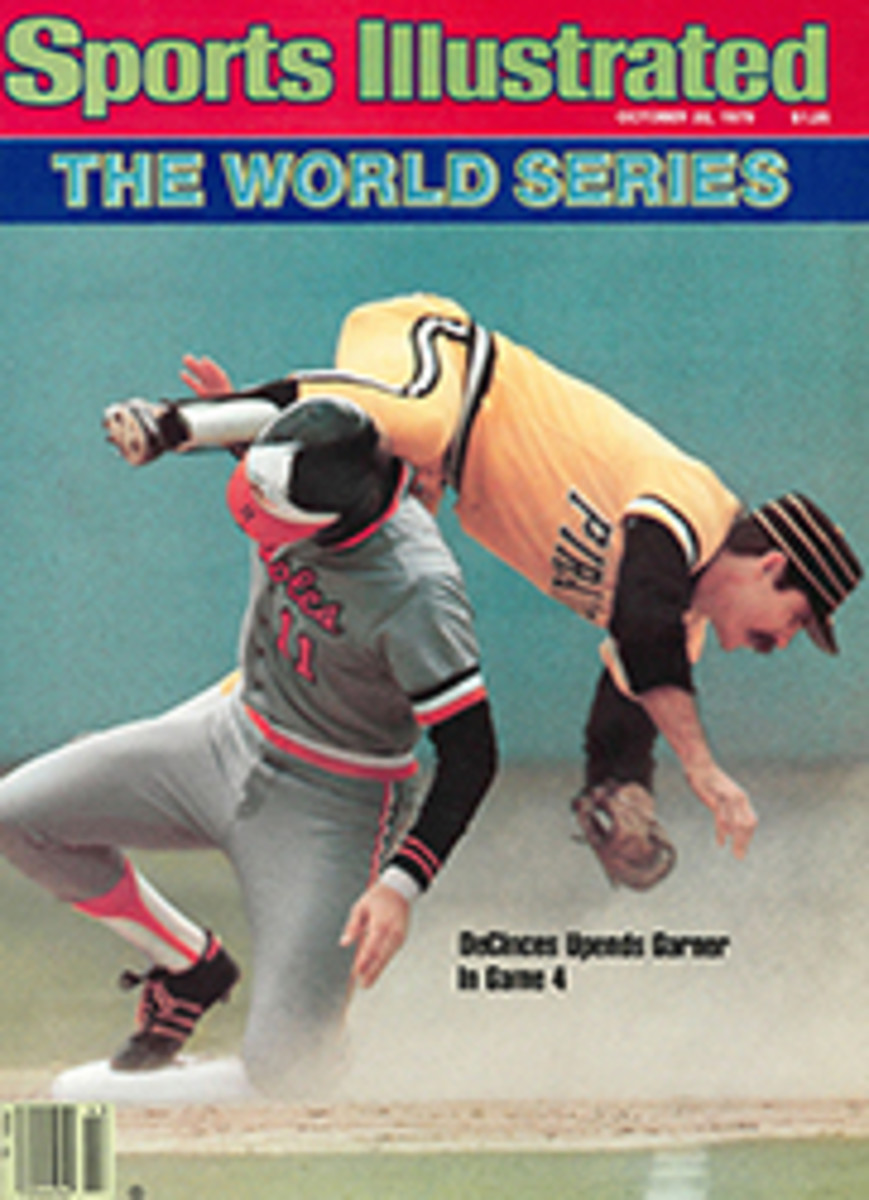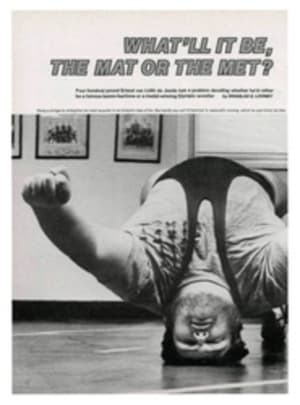
WHAT'S GARBO DOING IN THE TRACK AND FIELD HALL OF FAME? GO AND FIND OUT
What do Greta Garbo, Jesse Owens, Al Oerter, Wilma Rudolph and George Murphy's father have in common? Well, a picture of each hangs in the National Track and Field Hall of Fame in Charleston, W. Va.
That track and field should find a home in the gently rolling, densely wooded hills of West Virginia, a wholly unlikely locale, is largely the result of one person's efforts. Don Cohen, a Charleston optometrist who could pass for broadcaster Chris Schenkel's twin, returned home after a visit to the Canadian Runners' Hall of Fame in Toronto seven years ago and was dismayed to find there was no American counterpart. He promptly set about correcting the oversight, lobbying some $900,000 in appropriations through the state legislature and even more from federal and local government sources. Now Charleston has a spanking-new stadium, Laidley Field, which seats 19,000, and a fast Chevron 400-surfaced track. Construction will begin this fall on an adjacent building to house a museum, archives, a sports medicine lab and a 200-meter indoor track.
For the time being, the hall operates out of an elegant, if weather-beaten, red brick mansion that overlooks the Kanawha River. Much of the museum collection on display there has been donated by the 65 inductees, each of whom is asked to give a memento. Items range from an Al Oerter practice discus to the Olympic gold medals that pole vaulter Bob Richards won in 1952 and 1956.
Warm-up suits and track shoes seem to be the most popular donations, and visitors can trace changes through the years. Charles Paddock, the 1920 Olympic 100-meter gold medalist, wore a silk uniform, and his shorts had a button-up fly. From silk the uniforms went to wool, then fleece, then polyester double-knit. Les Steers, Oregon's celebrated high jumper, donated his homemade shoes, which featured a single spike in the heel.
Ever wonder what became of Dave Wottle's golf cap, the one he wore when he won the Olympic 800 meters at Munich? It's there, too, along with a straw hat donated by sprint star Wilma Rudolph, and two early-20th-century hats given by Michael Murphy, a legendary Ivy League coach (Yale and Penn, 1887-1913) and father of actor-politician George Murphy. Murphy was noted for his hats, which he changed to suit the season and sport he was coaching: e.g., black felt derby during football season and straw Panama when spring and the track season rolled around.
From the 1904 Olympic Games in St. Louis there are the granite blocks that marked the starts of two events, the 50-yard dash and the 60-yard dash—the latter a handicap event in which high school boys were given a head start. There is a program for the 1940 Summer Games in Helsinki, which were never held because of the war, in which gliding and soaring are listed among the events.
And there is much more. They save everything at Charleston, including the dirt still caked on the ground-breaking shovel that hangs over the stairway.
The Track and Field Hall of Fame, 1524 Kanawha Blvd. East, is open year-round, weekdays from 9 a.m. to 5 p.m., and there is no admission charge. It is worth stopping in, especially if you want to know why Greta Garbo's picture is hanging there.

